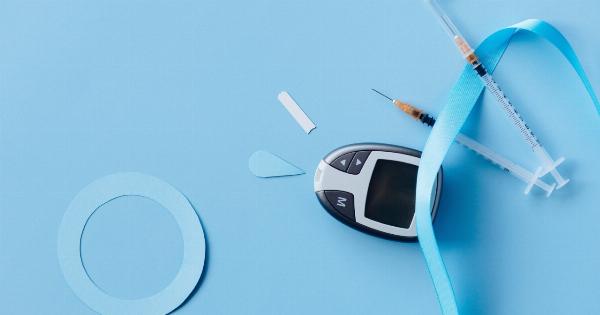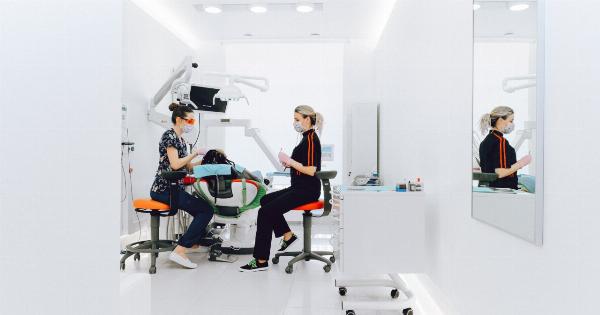Type 1 diabetes is a chronic autoimmune condition that affects millions of people worldwide. People with type 1 diabetes do not produce enough insulin, a hormone that regulates blood sugar levels.
Without proper management, high blood sugar levels can lead to serious complications such as heart disease, kidney failure, and blindness. Fortunately, advances in medical technology have made it possible for people with type 1 diabetes to manage their condition more effectively. One such technology is the artificial pancreatic system.
What is the Artificial Pancreatic System?
The artificial pancreatic system, also known as the closed-loop system or hybrid closed-loop system, is a device that automatically regulates blood sugar levels in people with type 1 diabetes.
The system consists of three components: a continuous glucose monitor (CGM), an insulin pump, and a computer algorithm that controls the delivery of insulin based on the user’s blood sugar readings.
How Does the Artificial Pancreatic System Work?
The CGM continuously measures the user’s blood sugar levels throughout the day and sends the data to the computer algorithm.
The algorithm then determines how much insulin the user needs based on factors such as their current blood sugar level, their recent blood sugar trends, and their insulin sensitivity. The algorithm sends the insulin dosing instructions to the insulin pump, which delivers the insulin to the user through a catheter inserted under the skin.
What are the Benefits of the Artificial Pancreatic System?
The artificial pancreatic system offers several benefits to people with type 1 diabetes. First, it provides better blood sugar control.
Studies have shown that people who use the system have fewer episodes of high or low blood sugar, which reduces their risk of complications. Second, it reduces the burden of diabetes management. Because the system automatically regulates blood sugar levels, users do not have to think about their diabetes as much. This can lead to better quality of life and less stress.
Finally, the system can improve sleep quality. People with diabetes often have to wake up multiple times during the night to check their blood sugar levels and take insulin.
The artificial pancreatic system eliminates the need for these interruptions, allowing users to get a more restful night’s sleep.
Who Can Use the Artificial Pancreatic System?
The artificial pancreatic system is currently available for people with type 1 diabetes who are at least 14 years old. It is not recommended for people with type 2 diabetes or gestational diabetes.
In addition, the system may not be suitable for people who have certain medical conditions or who are taking certain medications. People who are interested in using the system should speak to their healthcare provider to determine if it is right for them.
What are the Potential Risks of Using the Artificial Pancreatic System?
Like any medical device, the artificial pancreatic system comes with some risks. Users may experience hypoglycemia (low blood sugar) if the algorithm miscalculates their insulin needs.
Hyperglycemia (high blood sugar) is another possible risk if the system fails to deliver enough insulin. Some users may also experience skin irritation or infections from the catheter insertion site. However, studies have shown that the benefits of the system outweigh the risks for most users.
What is the Future of the Artificial Pancreatic System?
The artificial pancreatic system is a rapidly evolving technology, and researchers are constantly working to improve its performance and accessibility.
One area of focus is developing algorithms that can predict the user’s blood sugar levels more accurately. Researchers are also investigating the use of artificial intelligence to further improve the system. In addition, efforts are being made to make the system more affordable and accessible to people in developing countries.
Conclusion
The artificial pancreatic system is a game-changing technology for people with type 1 diabetes. It provides better blood sugar control, reduces the burden of diabetes management, and improves quality of life.
While it is not perfect, the benefits of the system outweigh the risks for most users. With continued research and innovation, the artificial pancreatic system has the potential to transform the lives of millions of people with type 1 diabetes.





























